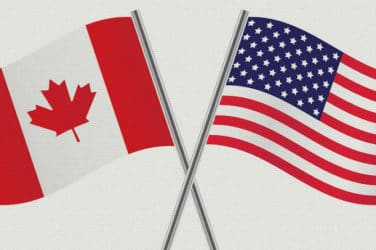
As Canadian regulators signal that an expansion of dark trading will not be encouraged, market participants have mixed views.
Dark trading in Canada remains just a fraction of the comparable U.S. proportion, and regulatory bodies such as the Investment Industry Regulatory Organization of Canada (IIROC) may see to it that it remains that way.
Market participants have mixed views of dark liquidity. Advocates say dark liquidity allows institutional investors to buy and sell large blocks of stock anonymously and with minimal market impact, while critics argue that it diminishes transparency and price discovery.
Dark liquidity can help in one area of market structure while causing problems in another, according to Brendan Caldwell, chief executive of Caldwell Investment Management in Toronto.
“The question is, what are those (dark) bids and offers actually good for?” Caldwell said on Sept. 21 at Markets Media’s Canadian Trading Network event in Toronto. “For me, dark as a trading mechanism is an object lesson in unintended consequences. The markets right now are to a certain degree a mass of unintended consequences.”
The market impact actually increases in many cases when you go to tighter spreads,” Caldwell continued. “There are lots of unintended consequences to changing one or two aspects of system.”
Dark pools handle about 3 percent of Canadian trading volume, compared with about 14 percent in the U.S. IIROC and the Canadian Securities Administrators have indicated lit venues should get order-routing preferences over dark pools; regulators are currently seeking comments and are expected to finalize rules next year.
Proponents of dark liquidity cite its utility for market participants. “Dark is a key component in any market,” said Jos Schmitt, chief executive of alternative trading system Alpha Group. “It fulfills a number of needs and requirements,” such as allowing traders and investors to avoid rebate-driven or ‘toxic’ trading flow that is sometimes found at exchanges, Schmitt said.
The utility of dark trading has expanded beyond its original purpose of allowing anonymous institutional block trading, Schmitt said. “I get the impression that we in Canada think too much that that’s the only reason dark is there,” he said.
Cindy Petlock, general counsel at CNSX, said regulators are knowledgeable about dark trading even if they may not be aligned with the wishes of all market participants.
“I don’t think regulators are unaware of the implications of what they’re dealing with they’re just paying attention to other things as well,” Petlock said. The view of regulators doesn’t “necessarily jive with what people in the industry would like, especially active traders.”




